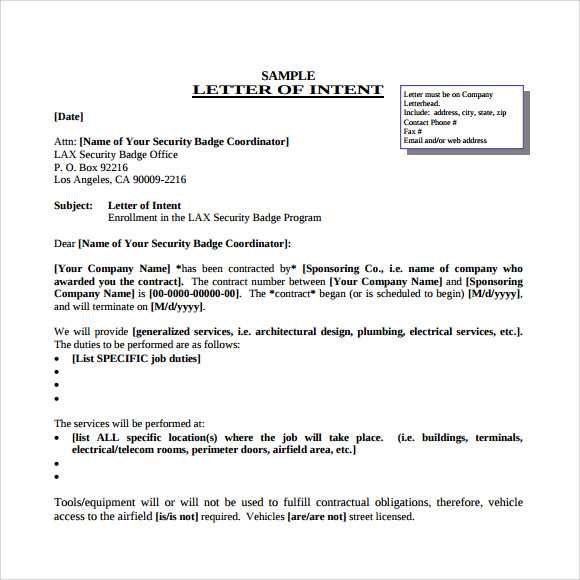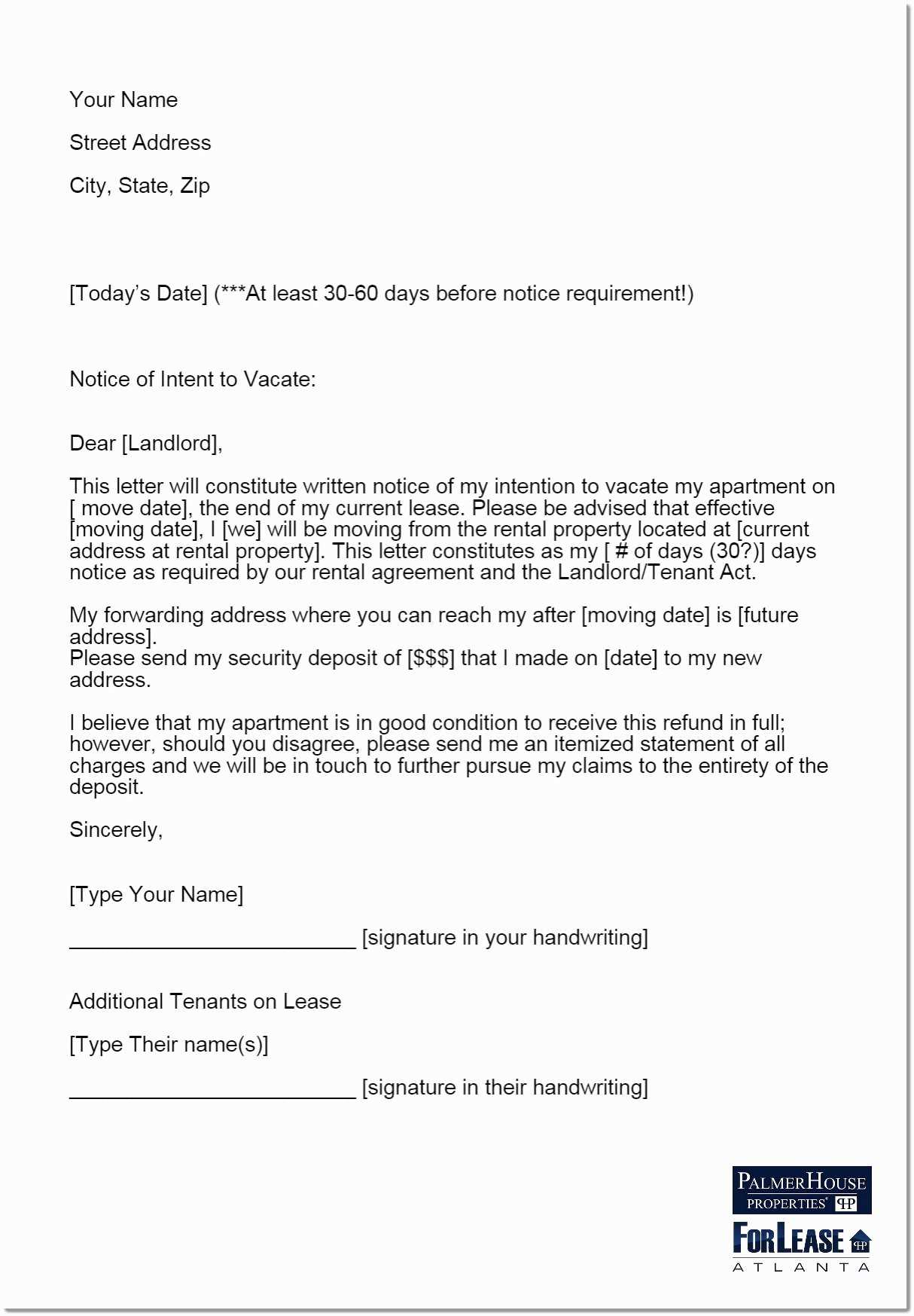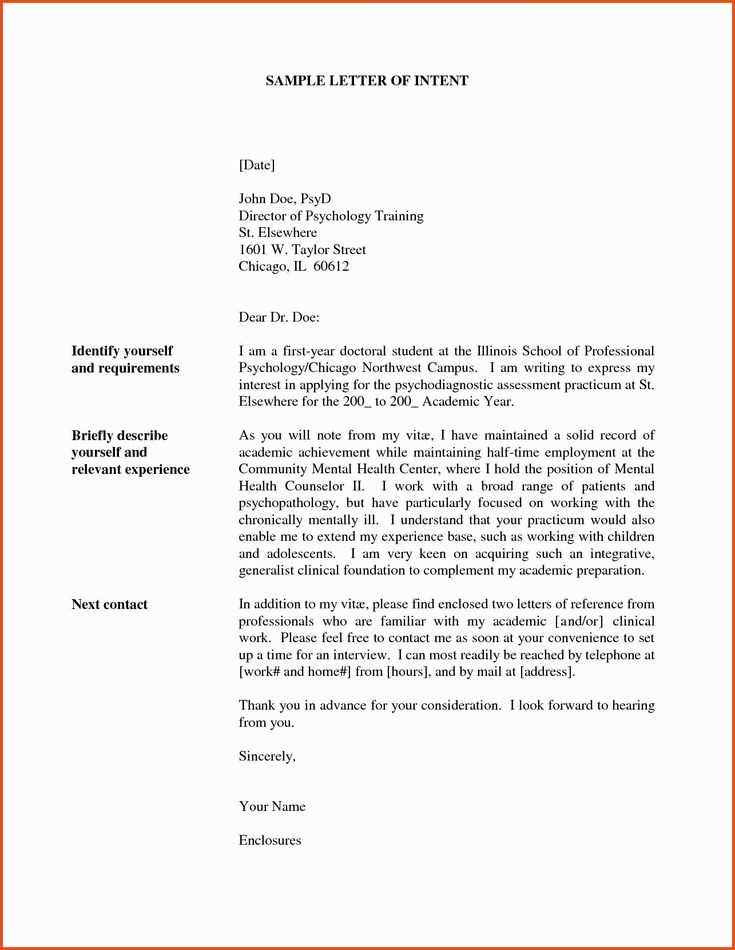Letter of Intent to Hire Employee Template Guide

When it comes to making formal employment offers, clear communication is crucial. A well-structured document ensures that both the hiring organization and the candidate have a mutual understanding of the terms and expectations. This type of correspondence lays the foundation for a professional relationship, establishing the roles and responsibilities before the official start date.
In many cases, employers use specific formats to present their offers, providing a detailed outline of the position’s key aspects. These documents are designed to avoid confusion by clearly specifying job details, compensation, and other important conditions. The use of a pre-written format can simplify the process and ensure consistency across various candidates and roles.
For both parties, having a written agreement can bring clarity and confidence. By using an organized structure, employers can make sure they cover all necessary points while offering a clear path forward for the candidate to accept or negotiate. The right approach can make a significant difference in the hiring process, promoting transparency and professionalism.
Letter of Intent Overview and Purpose
This document serves as a formal expression of interest in moving forward with the recruitment process. It sets the stage for future discussions and agreements, outlining the key aspects of the proposed role and the expectations for both parties involved. The purpose is to establish a mutual understanding before proceeding to the next steps.
By using this document, employers can communicate the general terms and conditions of the position, allowing candidates to review the information before making a final decision. It also helps both sides identify any necessary clarifications or changes before entering into a formal contract.
The main objectives of this document include:
- Providing a clear outline of the job’s main responsibilities
- Setting expectations for compensation and benefits
- Clarifying timelines for starting and onboarding
- Indicating any other critical factors or terms of employment
In essence, this document helps both the company and the candidate ensure they are on the same page regarding the key elements of the job, reducing the chances of misunderstandings later on in the hiring process.
What to Include in a Letter of Intent
When crafting a formal proposal for a position, it is important to include several key details that ensure clarity and transparency. The content should offer a comprehensive overview of the role, compensation, and other relevant terms to ensure both the hiring party and the candidate understand the basic expectations.
The following elements should be included in this document:
- Job Title and Description: A clear outline of the role, including main duties and responsibilities.
- Compensation Details: The offered salary, bonuses, and any additional financial benefits.
- Start Date: The proposed date to begin the position, allowing time for the candidate to make preparations.
- Working Hours and Schedule: An outline of expected working hours, including any flexibility or overtime arrangements.
- Benefits and Perks: Health insurance, retirement plans, and any other perks that come with the role.
- Employment Terms: Any conditions related to probation periods, work performance, or other legal aspects.
Including these details ensures that both the employer and the potential candidate have a mutual understanding of what is being offered, making the next steps in the hiring process smoother and more effective.
Common Mistakes to Avoid

When creating a formal proposal for a potential candidate, it’s essential to ensure that all necessary information is communicated clearly and accurately. Several common errors can hinder the effectiveness of the document, leading to confusion or delays in the hiring process.
Overlooking Key Details

One of the most frequent mistakes is failing to include all the critical elements that both parties need to know. Omitting details such as salary, job responsibilities, or start date can cause misunderstandings and complicate the recruitment process. Ensuring that all aspects are covered will create a stronger foundation for negotiations.
Ambiguity in Terms and Conditions
Using unclear or vague language can lead to misinterpretations. Be specific about expectations, deadlines, and requirements. Ambiguous wording in employment terms can result in confusion down the line, especially when it comes to responsibilities, compensation, or work schedules. It’s crucial to use clear, concise language that both sides can easily understand.
By avoiding these common errors, employers can create a more efficient and transparent process, helping to build trust with the candidate and facilitating a smooth transition into formal employment agreements.
Key Benefits of Using a Template

Utilizing a pre-structured format for job offers provides several advantages. A well-designed format ensures consistency, saves time, and reduces the chances of overlooking important details. It also streamlines the process, making it easier for both employers and candidates to navigate the formalities of job discussions.
Some key advantages include:
| Benefit | Description |
|---|---|
| Time Efficiency | Pre-made structures save time by eliminating the need to create a document from scratch for each new position. |
| Consistency | Using the same structure for all offers ensures uniformity across various roles and candidates. |
| Accuracy | By relying on a well-organized format, you are less likely to forget crucial information or make errors in details. |
| Clarity | Clear and concise language in a standardized layout makes the information easier to understand for the recipient. |
Incorporating a ready-to-use format into the process offers a smooth, efficient way to present information and ensures that all necessary details are communicated clearly, benefiting both the company and the candidate.
How to Customize the Template
Customizing a pre-existing structure for job offers is an essential step to ensure the document accurately reflects the specifics of the role and meets both the employer’s and candidate’s expectations. Adjusting the format to suit the unique requirements of each position is key to creating a meaningful and personalized communication.
To make sure the document is tailored to the situation, consider the following steps:
- Update Role Information: Modify the job title, duties, and responsibilities to match the specific position being offered.
- Adjust Compensation Details: Clearly outline the salary, bonuses, and any additional perks based on the role and the candidate’s qualifications.
- Set the Timeline: Customize the start date and any important deadlines to ensure both parties are aligned on the scheduling.
- Include Relevant Benefits: Specify benefits like health insurance, retirement plans, or any other perks that apply to the role.
By making these adjustments, you can create a document that reflects the specific conditions of the job while maintaining a professional and organized approach to communication.
Legal Considerations When Hiring
When extending an offer for a new position, it is crucial to be aware of various legal factors that could impact the employment relationship. Understanding these considerations helps ensure compliance with employment laws and protects both the organization and the individual being offered the role.
Some key legal aspects to keep in mind include:
- Employment Contracts: Clearly defining the terms of the agreement, including job responsibilities, compensation, and termination conditions, is vital to avoid legal disputes.
- Non-Discrimination Laws: Ensure the offer process adheres to equal opportunity regulations, prohibiting discrimination based on race, gender, disability, or other protected characteristics.
- Wage and Hour Laws: Be mindful of minimum wage requirements, overtime regulations, and other compensation-related laws that vary by location.
- Health and Safety Regulations: Employers must comply with workplace safety laws and ensure a safe environment for all employees.
- Tax and Benefits Compliance: Verify that the benefits and tax withholding policies comply with applicable regulations to avoid legal issues down the line.
By being aware of these legal considerations, employers can avoid costly mistakes and ensure the hiring process is fair, transparent, and legally compliant.